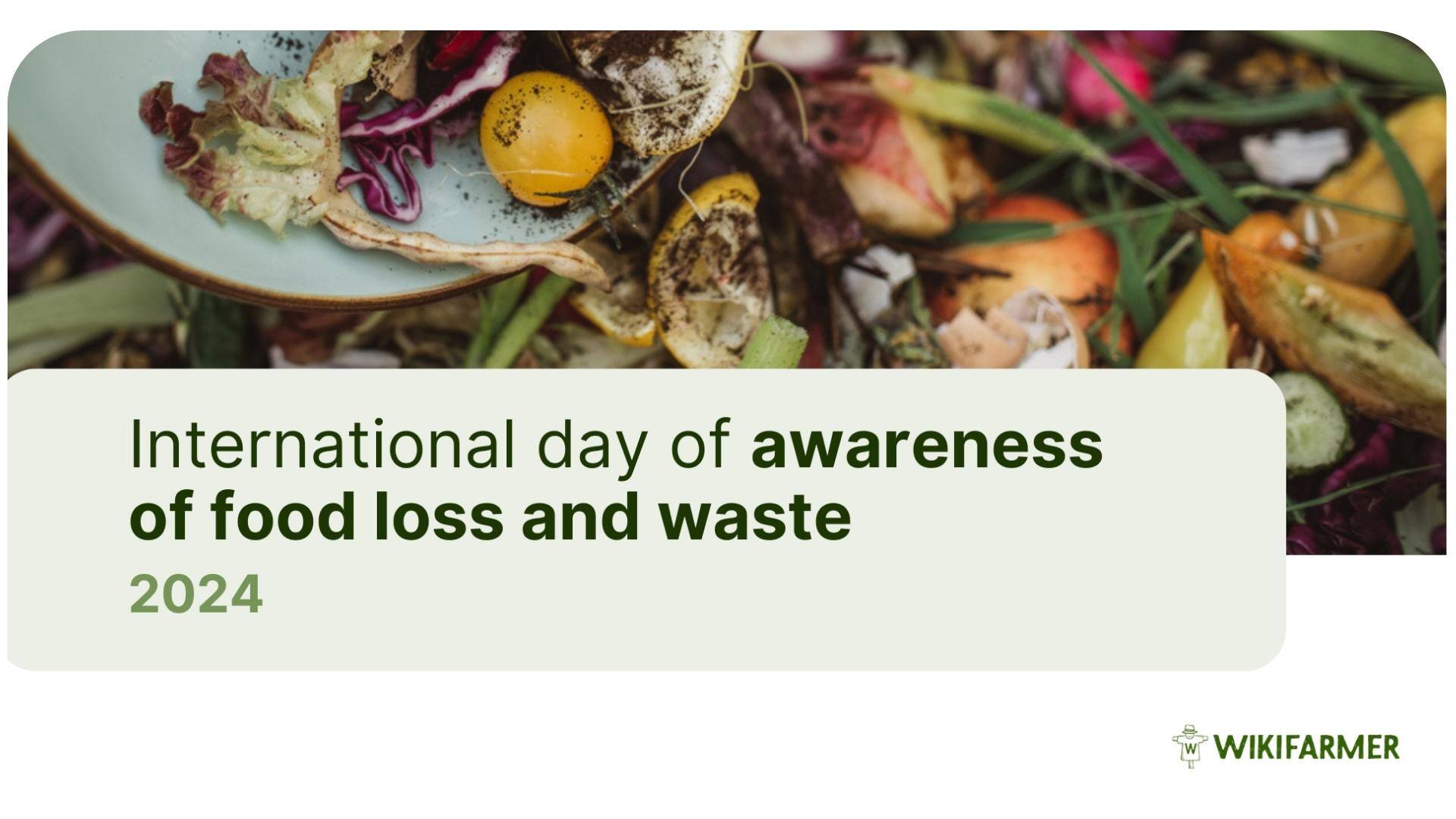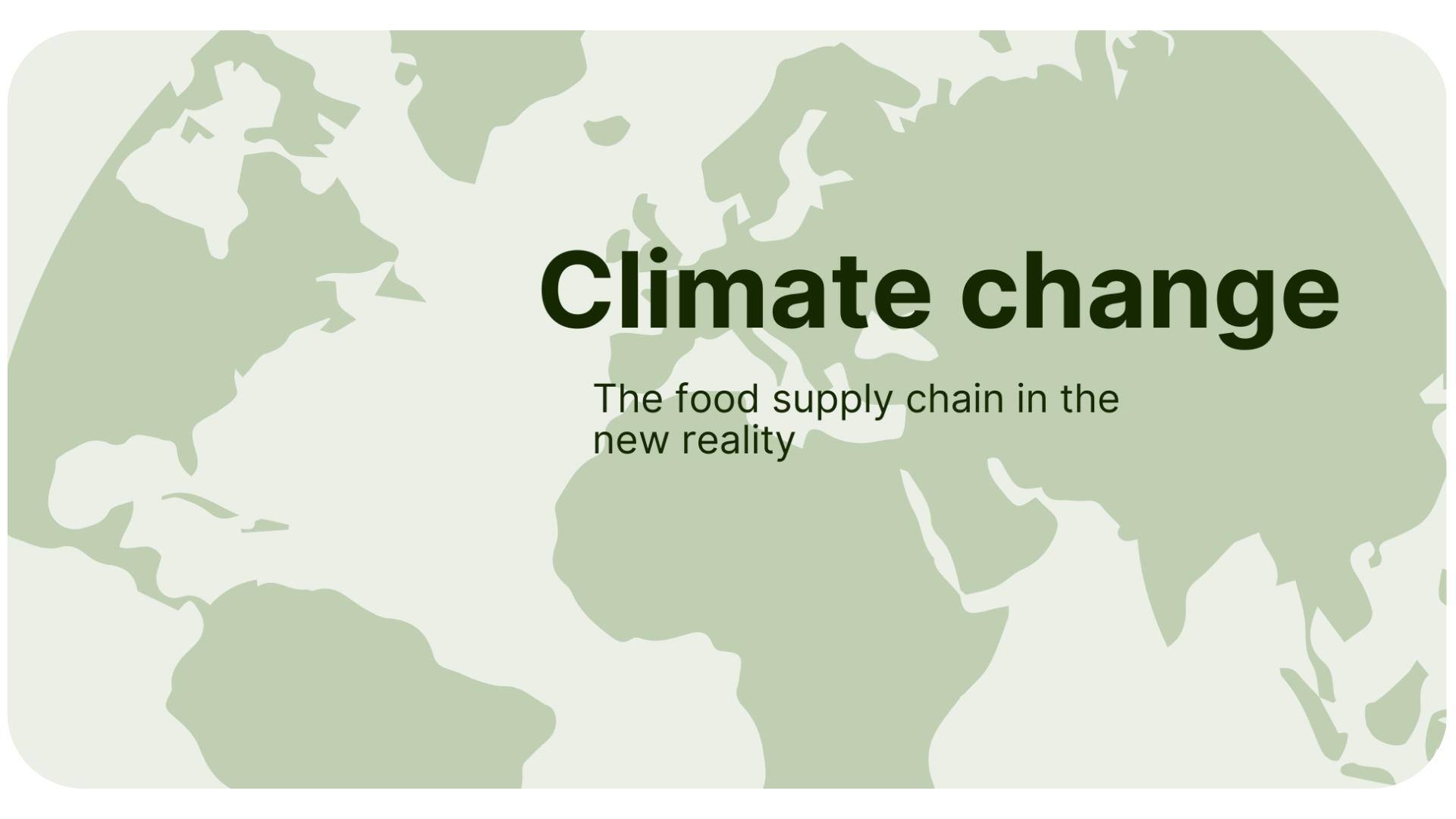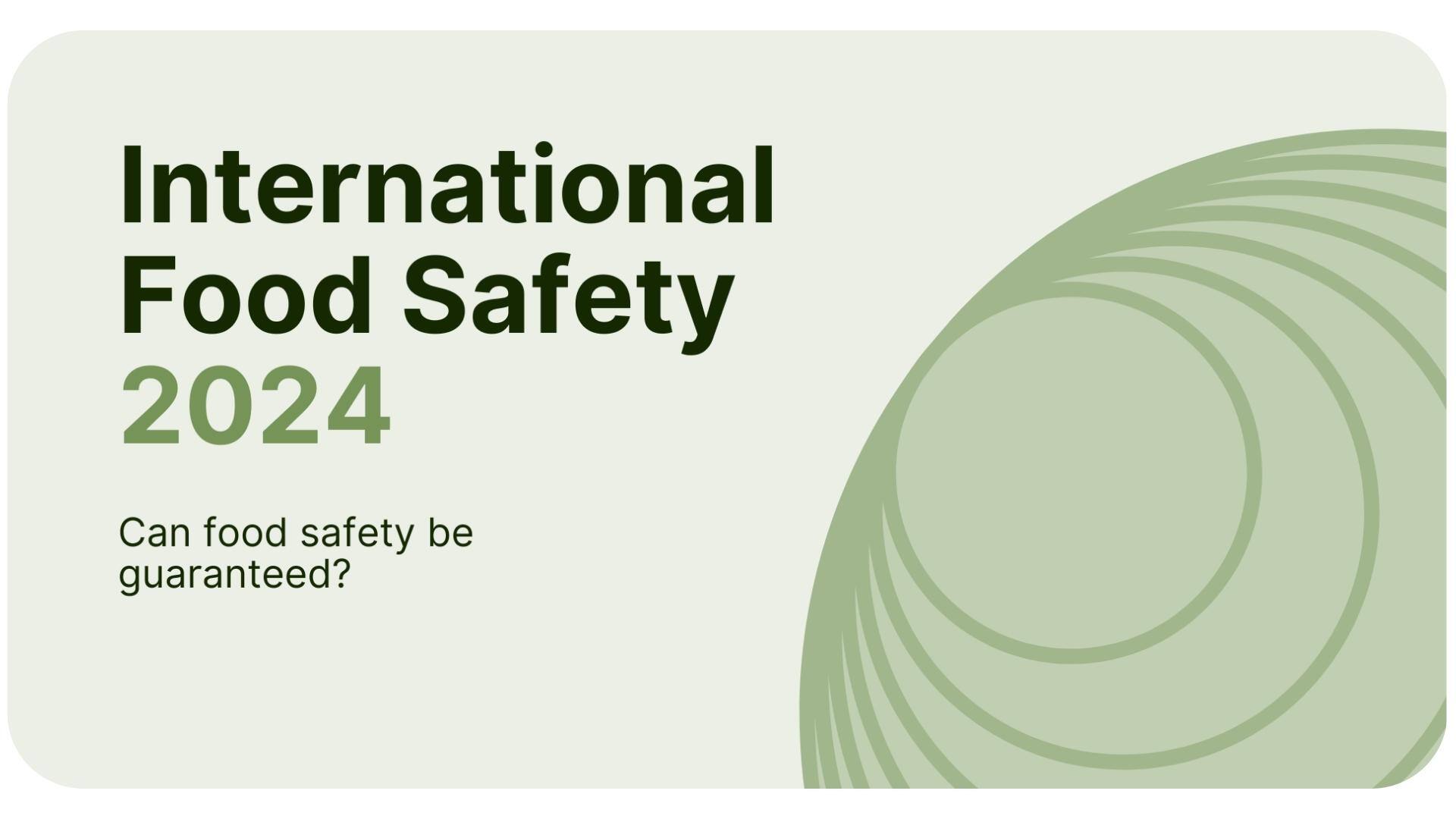Modern Challenge: Food loss and waste

Food loss and waste: Modern agri-food supply chains need to adapt to this urgent challenge
The United Nations marks today, September 29th, as the International Day of Awareness of Food Loss and Waste to underline the effects on humanity and the environment and highlight the importance of more resilient food systems. Food loss and waste occur along the entire spectrum of the food supply chain, starting from the field all the way to the end consumer, calling on sector stakeholders to take action.
Globally, about one-third of all food produced for human consumption is lost or wasted due to market standards and aesthetic reasons. According to FAO's Food Loss Index (FLI), around 14% of global food production is lost between the post-harvest stage and the point just before retail. In 2019, it was estimated that approximately 931 million tons of food waste were generated, with 61% coming from households, 26% from food services, and 13% from retail.
The early stages of food loss
"Food loss” and "food waste" can occur at any stage of the food supply chain and they refer to different types of wasted food; food loss is the broader category, including any food that goes uneaten, from the field to the store, while food waste is a specific subset of food loss: according to the US Department of Agriculture's (USDA) Economic Research Service (ERS), food waste is defined as "food discarded by retailers due to color or appearance, and plate waste by consumers."
As mentioned, food waste starts from the early stages of the supply chain; farms generate waste due to various factors, with the primary contributors being of biological origin. Pests and diseases begin to affect crops from the start of the cultivation circle, while improper plant protection methods, such as excessive pest control, can impact the acceptance levels of product specifications for trading. At this stage and to some extent, proper farmer training and lifelong learning on sustainable cultivation methods and zero-waste applications can help minimize early-stage food loss and waste.
Post-harvesting conditions: Key factors of food chain preserving
After the harvesting, food loss can occur due to inadequate storage methods, transportation conditions, and improper handling practices. Insufficient temperature control and ventilation during transit can lead to spoilage, particularly for perishable items like fruits, vegetables, and dairy products. Delivery delays significantly increase the risk of quality loss, especially for products with short shelf life or whose packaging is ineffective. Food transportation introduces a time gap between various supply chain stages, from production to consumption. During this interval, there is an increased risk that perishable food products will be damaged or lost due to factors such as excessive heat or cold, contamination, or physical shocks during transport, leading to increased food loss.
How market standards encourage food loss
At every stage of the food supply chain, market standards significantly contribute to food loss and waste, affecting farmers, suppliers, and consumers. Regulations set by the European Union and other global trade bodies establish strict thresholds for products to enter the market.
One common issue arising from these standards is the rejection of "ugly" food—produce that, while safe for consumption, does not meet ideal aesthetic standards. Variations in shape, color, or size often result in rejection, wasting perfectly nutritious food. Farmers may leave up to 30% of their crops in the field at the production level because they don't meet the visual standards required for sale.
A call for collaboration in the agri-food chain
To effectively eliminate food loss in the supply chain, collaboration and action from all stakeholders in the agri-food sector are crucial. Beginning with regulatory frameworks, at IAT-2023, the European Commission announced revisions to marketing standards to promote sustainable agricultural products and strengthen sustainability criteria, considering the impact of these standards on food loss and waste. Additionally, some business initiatives are repurposing unwanted produce by either selling it to food processing units or using it to create new products.
Eliminating food loss requires the cooperation of all stakeholders across the supply chain, offering benefits including lower production costs, increasing the efficiency of the food system, improving food security and nutrition, and contributing to environmental sustainability. Wikifarmer supports this movement by promoting and trading unmarketable products to fpus that use them to produce marmalades.
.png?width=450&height=87&name=New%20Logo%20(1).png)

